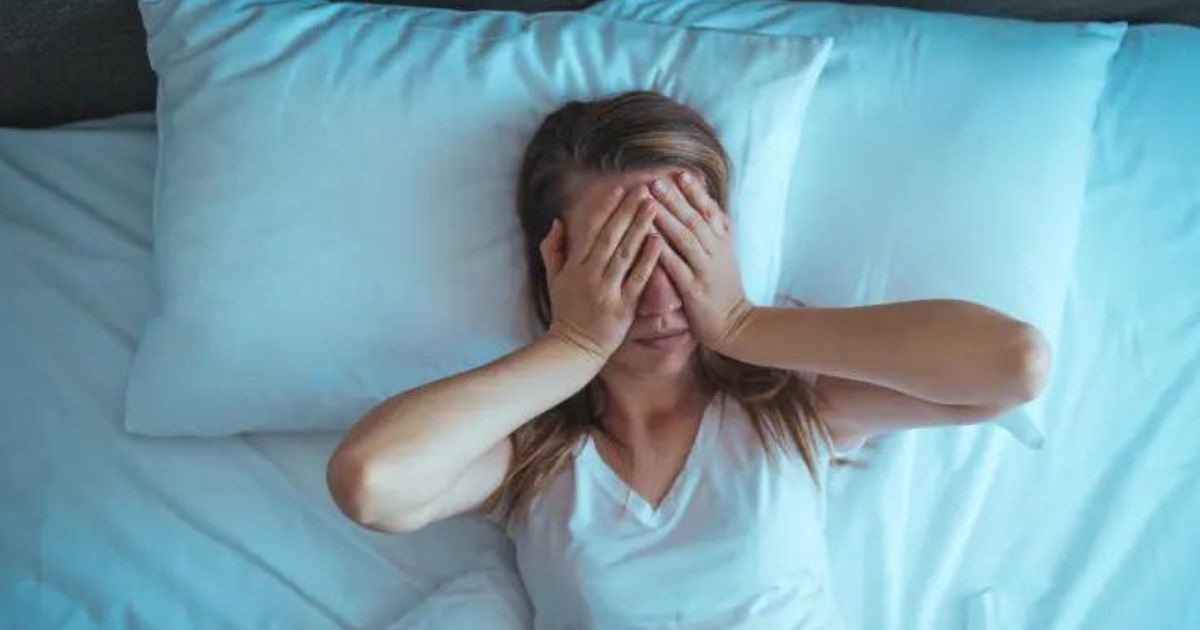In a world where stress levels are on the rise, unconventional methods for relief are gaining attention. One such trend is the emergence of “rage rooms,” designated spaces where individuals can release pent-up frustration by smashing items.
While these rooms may be grabbing headlines and social media searches, experts are questioning their long-term effectiveness in providing genuine stress relief.
The Rise of Rage Rooms:
Imagine a room filled with old TVs, plates, mugs, chairs, and more. Armed with a baseball bat, you’re free to unleash your frustrations on these items—a concept popularly known as a “rage room.” The appeal of such spaces has surged, evident in the doubling of interest in social media searches compared to the previous year.
Stress in America:
Amidst the popularity of unconventional stress relief methods, stress levels in America are reaching concerning heights. According to a recent study by the American Psychological Association, 1 in 4 adults surveyed rated their stress levels between 8 and 10 on a scale of 1-10.
The Reality Check on Rage Rooms:
Despite the growing fascination with rage rooms, research questions their actual benefits as a stress-relief strategy. Clinical psychologist Chloe Carmichael, author of “Nervous Energy: Harness the Power of Your Anxiety,” suggests that while rage rooms might offer a safe outlet for those with pre-existing tendencies to break things, they may not be the best option for those newly seeking stress relief.
Exploring Alternative Stress Relief:
Carmichael advocates for a more nuanced approach to stress relief, emphasizing the need to address and set boundaries around the root causes of stress and anger. She suggests alternative, more productive methods:
- Exercise: Whether through treadmill sessions or engaging in a boxing class, physical activity helps channel extra energy and develops valuable skills.
- Float Therapy Tanks: Filled with Epsom salts, these tanks provide muscle relaxation and a gravity-free environment for a calming sensory experience.
- Hot or Cold Showers: Immediate stress relief can be found in the tactile and auditory sensations of water, offering a simple yet effective method.
- Salt Rooms: Resembling caves covered in salt from wall to ceiling, these rooms offer a visually stimulating environment.
The Bottom Line: Are Rage Rooms Worth the Hype?
Despite the growing trend and interest, it appears that rage rooms may not be the panacea for stress relief that they are often perceived to be.
As individuals grapple with rising stress levels, exploring a variety of coping mechanisms, like those suggested by Carmichael, might offer a more comprehensive and sustainable approach to managing stress, anxiety, and anger.
As unconventional trends capture public fascination, experts encourage a critical examination of their actual impact on mental well-being.
In the quest for effective stress relief, the journey may lead away from the shattered remnants of rage rooms and towards more holistic approaches that address the underlying causes of tension in a healthier, long-term manner.








Leave a Reply
You must be logged in to post a comment.